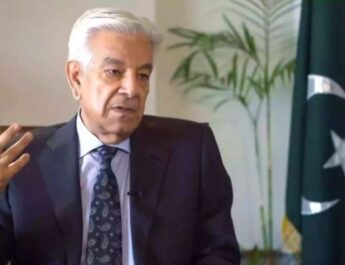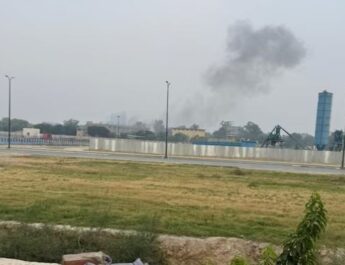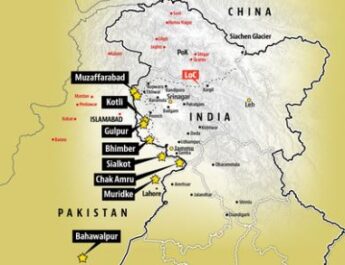New Delhi: Masood Azhar, the leader of the terrorist organization Jaish-e-Mohammed, has reported that ten of his family members and four close associates were killed during an operation by the Indian armed forces named ‘Operation Sindoor’. This operation involved precise strikes on nine locations associated with terrorism across Pakistan and Pakistan-occupied Kashmir (PoK), including a significant compound in Bahawalpur.
In his statement, Azhar indicated that the Indian assault on the Markaz Subhan Allah, the headquarters of Jaish-e-Mohammed, led to the fatalities of ten of his relatives and four associates. He criticized Prime Minister Narendra Modi, stating, ‘This cruelty has shattered all limits. No one should anticipate mercy now.’ Among the deceased were his elder sister and her spouse, his nephew and his wife, as well as a niece.
The operation specifically targeted the headquarters of the banned Jaish-e-Mohammed, Lashkar-e-Taiba, and Hizbul Mujahideen, with the Indian Air Force executing nighttime raids on nine hideouts in Pakistan and Pakistan-occupied Kashmir, as confirmed by officials on Wednesday. The precise targets included the Markaz Subhan Allah in Bahawalpur, Sarjal in Tehra Kalan, Markaz Abbas in Kotli, and the Syedna Bilal camp in Muzaffarabad, all associated with the banned Jaish-e-Mohammed.
Other objectives included the Markaz Taiba in Murdike, Markaz Ahle Hadith in Barnala, and the Shwawai Nalla camp in Muzaffarabad, all linked to the proscribed Lashkar-e-Taiba. Furthermore, the Makaz Raheel Shahid in Kotli and Mehmoona Joya in Sialkot, affiliated with Hizbul Mujahideen, were also targeted. Out of the nine locations, four were situated in Pakistan and five in Pakistan-occupied Kashmir.
‘Operation Sindoor’ symbolically refers to the red vermilion traditionally worn by Hindu women to represent marriage. On April 22, a poignant image of a Hindu woman in shock next to her husband’s body circulated widely on social media, becoming emblematic of the devastating attack in Pahalgam, Jammu and Kashmir, which resulted in 26 fatalities.




